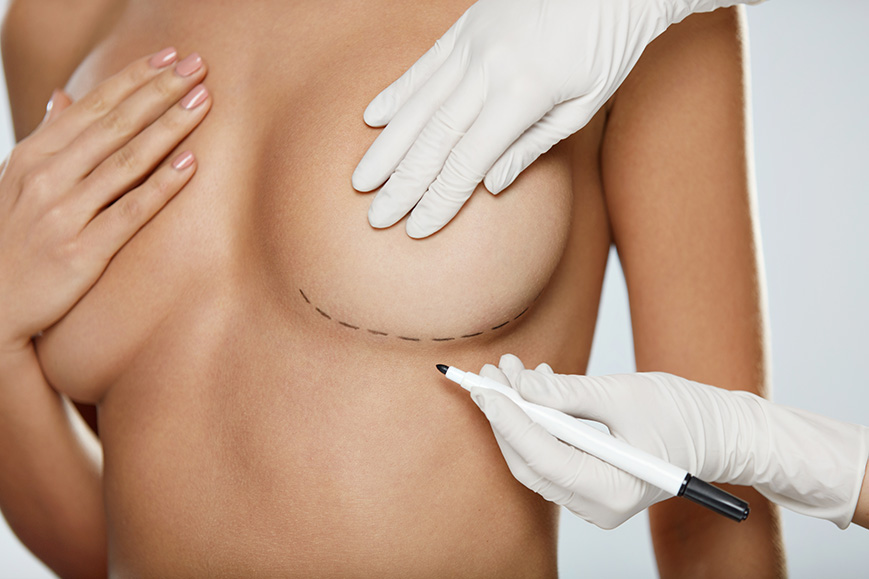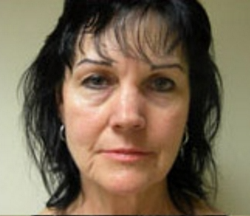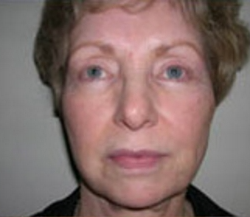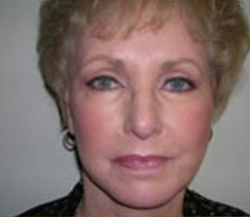Breast Reconstruction
Conveniently located to serve the areas of Atlanta and Duluth, GA

What is Breast Reconstruction? One of the most life-changing experiences you may ever encounter is the fight against cancer or another disease. These battles always leave you with scars, and the loss of one or both breasts is a difficult scar to accept. The decision to rebuild your breasts in attempt to regain your sense of femininity is extremely personal, but Dr. Davoudi is a skilled surgeon ready to discuss your options if you choose to consider surgical reconstruction.
While every breast reconstruction surgery is different, the goal is always to recreate breasts that are healthy as well as aesthetically pleasing. Multiple surgeries are often needed to achieve this goal, and the exact techniques used vary from one patient to another. Many reconstructions are highly technical and difficult, but the results are important to the patient. If you’re ready to complete your fight against disease by rebuilding a strong, healthy, beautiful body, call our office to schedule a complimentary consultation today.
Contents
Before and After Photos
Ideal Candidate
If you have lost one or both breasts to cancer or another disease, you can come in for a consultation to discuss your eligibility for reconstruction surgery. Dr. Davoudi may consider your current health condition, expectations for the surgery and many other factors when determining your suitability to surgery at this time.
Expecations
The goal of breast reconstruction surgery is always to rebuild the breast so that it looks and feels natural. Expected results vary from one person to another, but you will get a better idea of your personal expectations during your consultation.
Consultation

During the initial consultation, Dr. Davoudi will examine your breasts, take pictures and use 3D technology to determine his professional recommendations for the reconstruction of your breasts. He will ask you to talk about your goals for the surgery to ensure that your expectations are realistic and achievable. He will also answer all of your questions and ensure that you have accurate information to make sound decisions for your physical and mental needs.
If you decide to have breast reconstruction surgery, Dr. Davoudi will go over his plans for the surgery and tell you how many surgical sessions you will need. You will receive pre-op consultations and follow-up care to ensure all surgeries work together to deliver natural-looking breasts that make you feel better about your body.
FAQ
What Surgical Options Does Dr. R. Morgan Davoudi Offer?
While there are many procedures and techniques that are often used to reconstruct breasts, one of the most common methods makes use of breast implants. A temporary implant is placed in the chest wall, underneath the pectoralis major muscle. This implant is gradually filled with saline solution over a specified period of time, causing the tissue overlaying the muscle to expand. When the desired size is reached, the temporary implant is replaced with a permanent one. Once the skin stretches to the final size, one last surgery is completed to reconstruct the areola and nipple for a natural appearance.
Flap reconstruction is another popular option. Healthy tissue is taken from another area of the body and used to reconstruct the breasts. Here are some of the most common areas for borrowing healthy skin:
Latissimus Dor Muscle Flap: A large, flat muscle on the back is transitioned into the breast defect while still attached to its natural blood supply underneath the armpit. In many cases, this muscle is used to cover an implant with soft tissue.
Abdominal Flap (TRAM Flap): Tissue is removed from the abdominal area lying between the pubis and umbilicus. While this requires advanced microsurgical technique that not all surgeons possess, it allows for the removal of enough tissue to reconstruct larger breasts. Surgical mesh is positioned over the abdominal defect left behind, and some weakness in abdominal muscles may result. The lower abdominal area is reshaped through this process, and most patients remain strong enough to prevent hernias and other problems.
The final step in every breast reconstruction surgery is the surgical placement of the nipple and areola. For areolar and nipples of adequate size, a nipple areola graft if often implemented. Tattoos are then used for cosmetic purposes.
If the nipple is no longer intact for reconnection, then a local tissue flap is often used to create a new nipple. A small flap of skin is raised to create a mound of skin appropriately sized. A circular incision around the new nipple is then used to recreate an areola. Tattooing is used to create a realistic color for the nipple and areola.
What is the Cost of Surgery?
The cost of breast reconstruction surgery varies, depending on the exact procedures needed and the number of surgeries involved. If you’re interested in learning more about the cost of reconstructing your breasts, schedule your complimentary consultation with Dr. Davoudi today.
What Risks are Associated with Breast Reconstruction Surgery?
Dr. Davoudi is a board-certified plastic surgeon completing reconstruction surgeries only in surgical centers connected to hospital facilities. The risks involved vary depending on the techniques used. You will learn more about the specific risks of your surgery during your initial consultation.
Can You Combine Breast Reconstruction with Other Surgeries?
Breast reconstruction often requires a combination of surgeries completed over a designated period of time. Dr. Davoudi will discuss all options during your consultation.
What is the Typical Recovery Time after Surgery?
Surgeries that make use of implants typically require shorter recovery periods than those that make use of tissue flaps. The exact recovery time will vary depending on the techniques used, but you can expect to spend up to six weeks recovering from the initial surgery. A second surgery is then required to reconstruct the nipple and areola for a natural look and feel. You will need to refrain from intense physical activities during recovery, and you may experience ongoing abdominal muscle weakness if your surgery involves the TRAM flap procedure.



